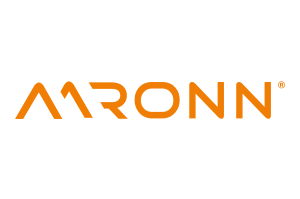Solar Thermal Heating Systems
AI Control for Higher Solar Yield
Unnecessary burner starts drive up costs and reduce the efficiency of solar systems. But not so with the Fraunhofer ISE control concept. The researchers are relying on self-learning artificial neural networks to control solar thermal heating systems.
Autumn is not far away anymore, which is slowly announced by the first cool and rainy days. For some, the cool temperatures are already a good reason to overheat their homes again. But for an ideal control of the heating system there are a few things to consider, especially when it comes to solar thermal systems. As part of the ANNsolar project, researchers at Fraunhofer ISE (Fraunhofer-Institut für Solare Energiesysteme) developed a concept that independently identifies individual boundary conditions, e.g., local climate and thermal insulation standard – as well as the characteristic operating behavior of solar thermal systems and heat distribution systems. In order to operate the heating system in an optimal fashion, the further progression of room temperature, solar yield, and storage state of charge can be predicted.
This is made possible by artificial neural networks that record various aspects such as the individual thermal dynamics of the building, the change in heat demand due to solar radiation on the building envelope, and the state of charge of the storage tank depending on the operating conditions. This enables them to forecast the thermal conditions for the future – without any simulation at all. The neural networks learn the corresponding dependencies independently.
»Artificial neural networks offer an excellent opportunity to control heating systems more efficiently and cost-effectively,« explains Dr. Wolfgang Kramer, head of the thermal storage and service life analysis department and solar thermal coordinator at Fraunhofer ISE. According to the institute, the savings potential of existing buildings is at least 7 percent compared to an optimized conventional control system. In contrast, the savings potential for non-optimized control systems is in the order of 12 percent and more.
In addition to maximizing solar yield and energy efficiency, the approach also aims to reduce the effort involved in installing and commissioning the controllers. Savings of several hours in tradesman services are expected.
System Control Based on ANN Forecasts
One approach consists of a combination of self-learning artificial neural networks (ANN), which map non-linear relationships, and linear system identification (LSI). This combination can map both nonlinear and linear behavior of the system. The required algorithms were developed at Fraunhofer ISE, implemented in a control code, and successfully validated in a real plant.
Predictions of room temperature, solar yield and storage state of charge form the basis of the developed control concept. The values can be accurately predicted using the combination of ANN and LSI. To prove this, measurement data from a real heating system with solar thermal support were used for training ANN networks.
The ANN control takes over two control functions and uses the ANN forecasts. On the one hand, the individually optimal heating curve is determined automatically, whereby additional influences are taken into account in comparison to a conventional heating curve. In addition, the controller controls the activation of the fossil auxiliary heating: Before the heating is switched on, a check is made as to whether the necessary storage temperatures can be reached within a forecast period even without auxiliary heating if necessary. This avoids unnecessary burner starts, minimizes fossil aftertreatment and maximizes the solar yield.





